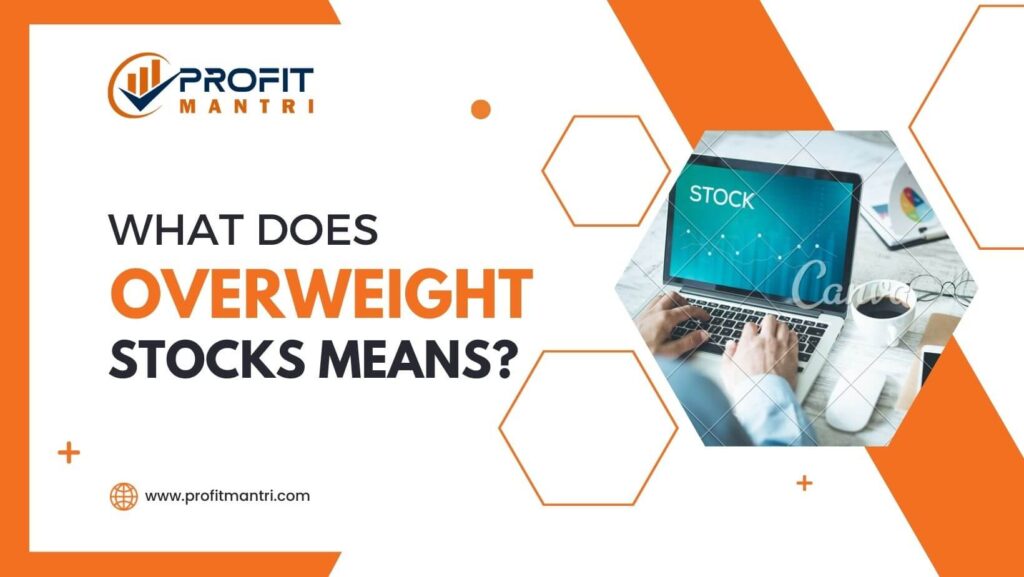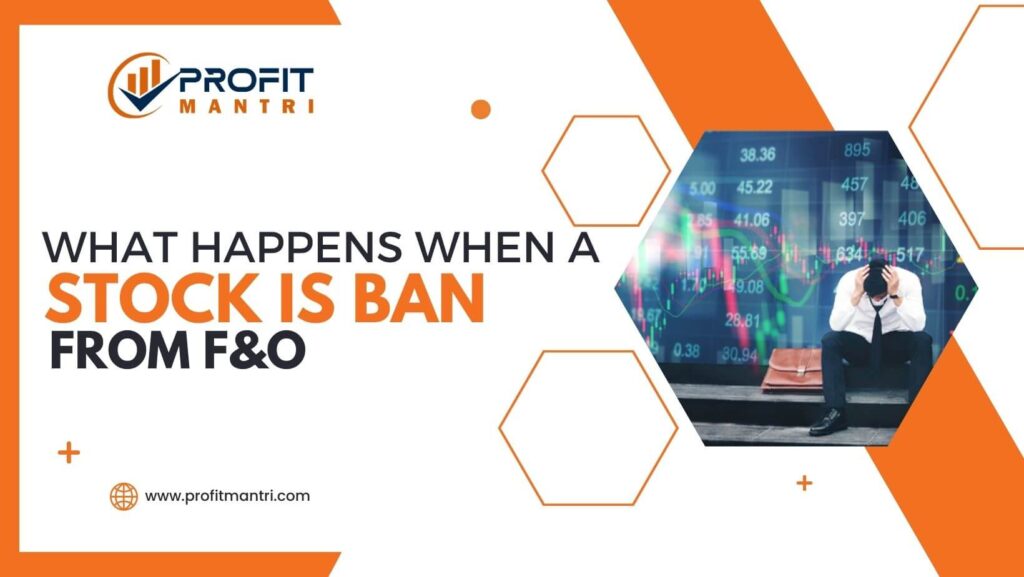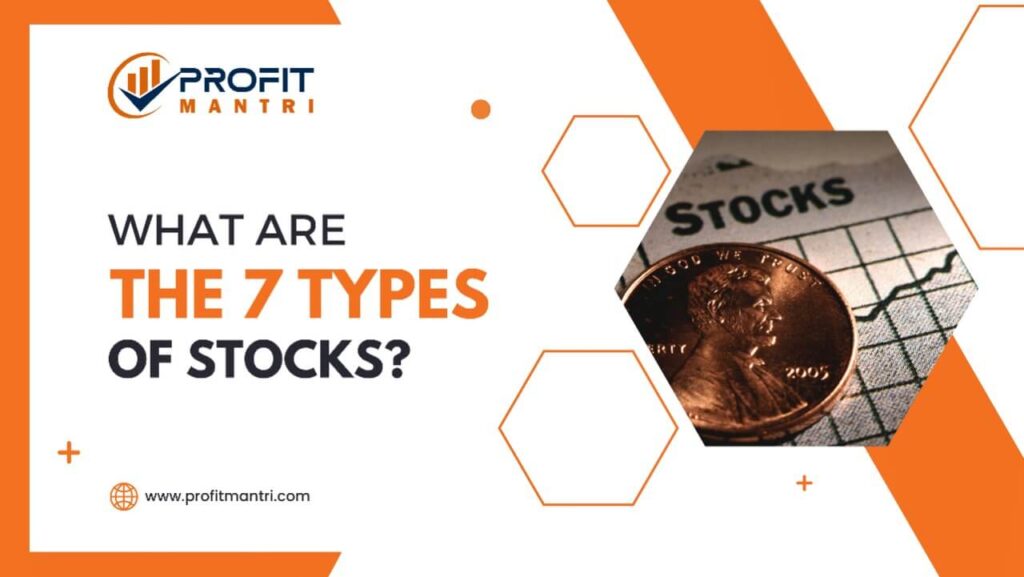Illiquidity, to put it simply, is the opposite of liquidity. Due primarily to the stock’s low trading volume, selling illiquid stocks can be challenging due to a lack of buyers in the market. may or may not sell for the same or the expected value. Hold onto illiquid shares as long as you can when investing in them. Financial backers seldom lean toward putting resources into illiquid shares. An investor’s portfolio of liquid, asset-heavy investments can be diversified by investing in illiquid stocks.
Illiquid Stocks
Illiquid stocks are high-risk investments that cannot be traded for cash without suffering a significant loss in value. They are hard to sell because of their price, a lack of interested buyers, low trading activity, and other similar factors.
Read Also: What happens when stock is Banned from Fno?
However, illiquid assets retain value and, frequently, a very high cost. Investors face difficulties in locating interested buyers due to the relatively low trading volume of illiquid stocks. The amount of difference between the seller’s asking price and the buyer’s bid price is affected by the lack of ready buyers. Bid-ask spreads are much wider in this market than they would be in a calm market with daily trading.
When an investor wants to sell quickly, the holders of illiquid assets may suffer losses due to the lack of depth of the market (DOM), or ready buyers. Small stocks that cannot be realized quickly are typically included in these.
Read Also: How to calculate Intrinsic Value of the stock?
Examples
Stocks traded over-the-counter (OTC) typically have lower liquidity than those listed on a reputable exchange. Even though these assets may have a value, there are typically fewer buyers in the market where they are traded than there are for relatively more liquid assets.
On the other hand, the majority of listed securities that are traded on major exchanges, including stocks, ETFs, mutual funds, bonds, and commodities that are listed, are very liquid in their names and can be sold almost immediately at fair market prices during regular market hours.
How to identify illiquid stocks?
The following are some telltale signs that illiquid stocks exist. Keep these tips in mind as you conduct a thorough market analysis.
The daily trading volume of the stock is insufficient, and it frequently falls in value.
Illiquid stocks cannot be sold immediately or easily and have negligible trading volumes. The bid price and asking price are vastly different. These resources give a better return and yet, are more earnestly to sell when contrasted with fluid resources. Even if a quick sale occurs, there may be a significant loss in value.
Pro Tip: You must check the intrinsic value of the stock before buy or sell.

How do I buy illiquid stock?
We’ve provided some pointers below on how to acquire illiquid stock.
Always use a limit order when buying stocks. With a limit order, you tell your broker to buy or sell a share at a certain maximum or minimum price that you set.
This indicates that the order will only be carried out if the price meets or exceeds your limit.
Try not to utilize All or None Assuming you are attempting to purchase 1,000 offers, the opportunity that you will get each of the 1,000 offers in a single request is fundamentally low.
If you have to, build your position in blocks. Don’t bid up stocks; try to keep commissions below 1% of your order.
Put it in place and let that be. Small investors can always get their money out of stocks.
Check Also: What are the 7 types of stocks?
Conclusion
Due to limited trading, it is difficult to sell illiquid stock. When compared to shares that are traded frequently, it is more difficult to find buyers for these stocks, making them more risky for investors. Make prudent choices while trading that are in line with your financial goals.












